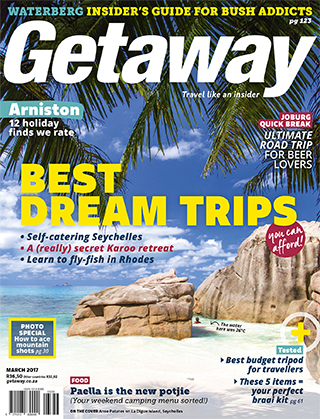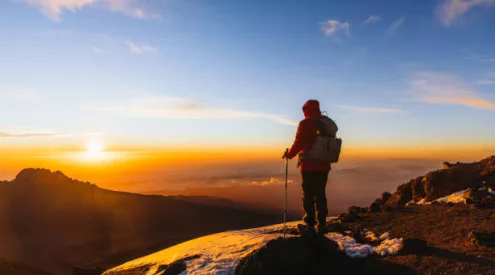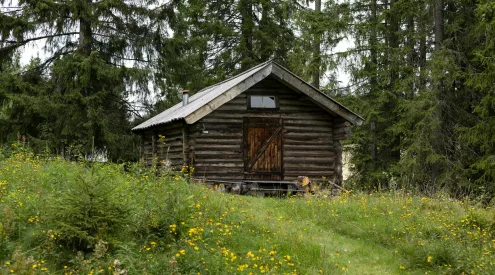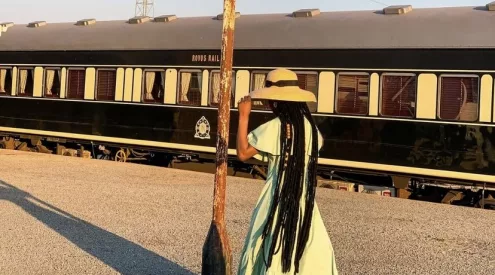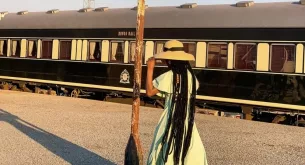Look around you. Sonya Schoeman bets you’ll find beauty, big and small.
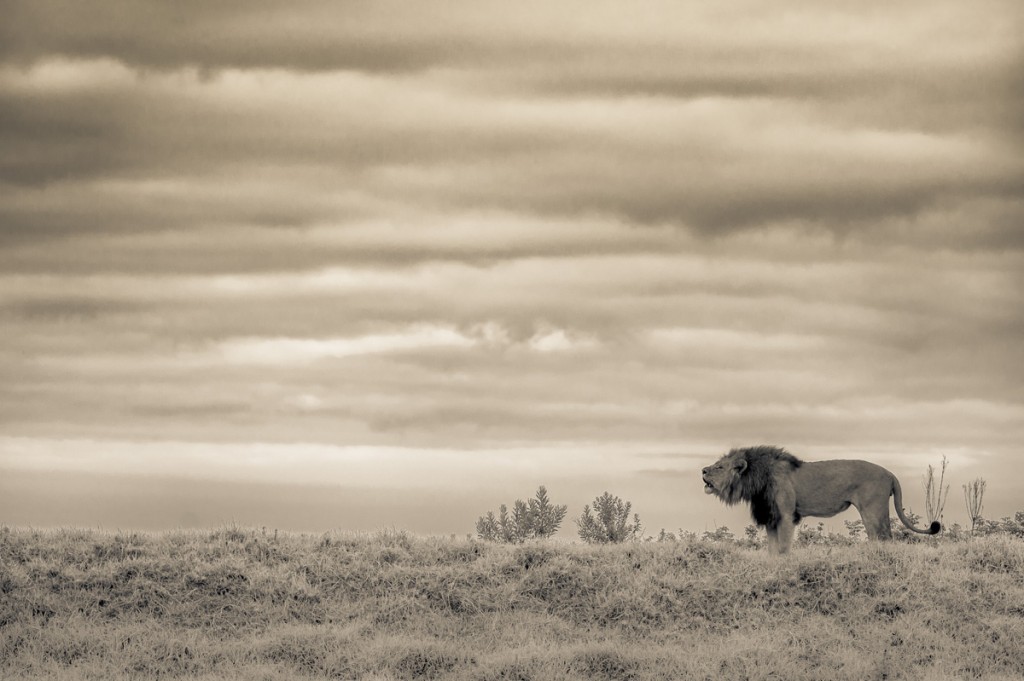
Photo by Brendon Jennings.
In 1883, Krakatau Island in Indonesia exploded violently and with a loud bang that was heard 4 600 kilometres away. As it collapsed into the sea, water rushed in to fill the vacuum, columns of magma and rock shot up into the sky and, falling back to sea, caused a tsunami 40 metres high that had repercussions around the world. Only the southern end of Krakatau remained, and that was covered in a layer of pumice 40 metres deep and so hot no life could survive it.
Yet just nine months later, a French expedition there found a microscopic spider spinning a tiny, delicate web. How it came to be there is, to me, one of the most beautiful stories about how nature regenerates.
The spiders are members of aeolian plankton – insects, seeds, fungus spores, bacteria and other small creatures – all of which are carried by the wind and whose purpose is long- distance dispersal. They land where they land – they have no control. It happens continuously, all around us, so delicately and unobtrusively that we don’t see it. But wherever these ‘plankton’ land on Earth, they spread life.
This issue, I feel, is one of our most beautiful yet, filled with destinations the team and I dream about. There’s Associate Editor Caroline Webb and photographer Teagan Cunniffe’s trip to Seychelles, filled with invigorating blues and greens and saucy sunsets (there’s also a useful guide on how to visit on a budget). There’s writer Pippa de Bruyn’s touching story about the vast subtleties of the Sneeuberg in the Karoo, and its deeply healing space (page 80). Former Getaway journalist Chris Davies’ story about learning to fly-fish takes place in the clear, crisp rivers of Rhodes, which cut through honeyed grass hills and fields rich with bird calls (page 90). Paging through this issue, it all feels so beautiful and delicate, this natural world.
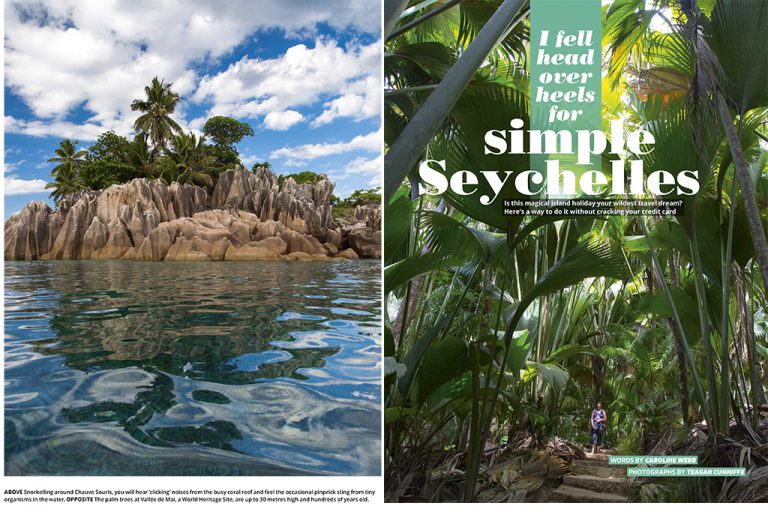
As I write this, the Department of Environmental Affairs is about to permit the export of 800 lion skeletons to Asia, a move that is seen as tacit support for the canned lion industry – and the use of endangered animal parts in traditional medicine. At the same time, the leopard hunting ban has been extended for another year. There are losses and wins happening in SA all the time.
I believe we must keep our eyes open, watch closely what our government agrees to, applaud the positive changes it implements but make it known loudly that we disagree when the poor decisions are opened to public comment. We must object to moves that threaten the people and wildlife and places we love and need. For now, we live in a Trump world, a time when heavy-booted people will march carelessly where we believe in treading lightly, and they’ll only be emboldened by a climate-change denialist in high office. This puts our beautiful natural world at risk.
Which brings me back to the tiny spider that ballooned into my office window as I was writing this, as if to say: remember, human, it’s all about the numbers. Go out there and get the numbers. Perhaps, with enough people and voices and time, we can regenerate even the most barren and cynical of environments.
4 things to look out for in this March issue
Valley of 1 000 Hills
Photographer Teagan Cunniffe exquisitely records this culture-rich and mountainous area (page 64).
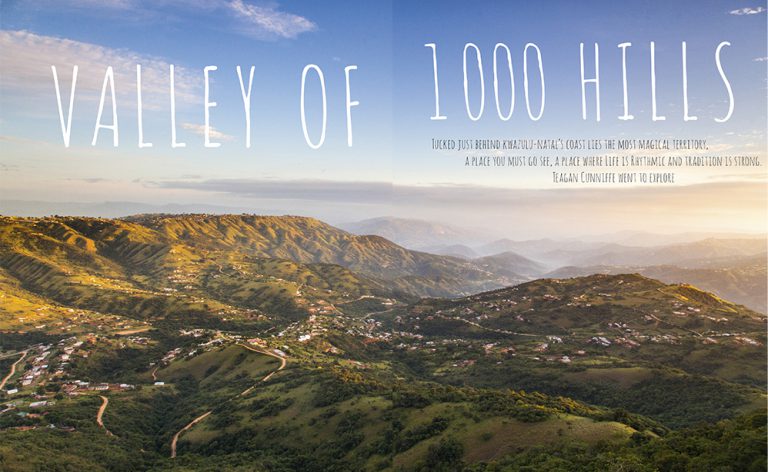
Dawdling in the dolomites
After reading this story, the Dolomites in Italy’s Alps is on my wish list. Just turn to page 98 and tell me you can’t
see yourself hiking those exquisite views.
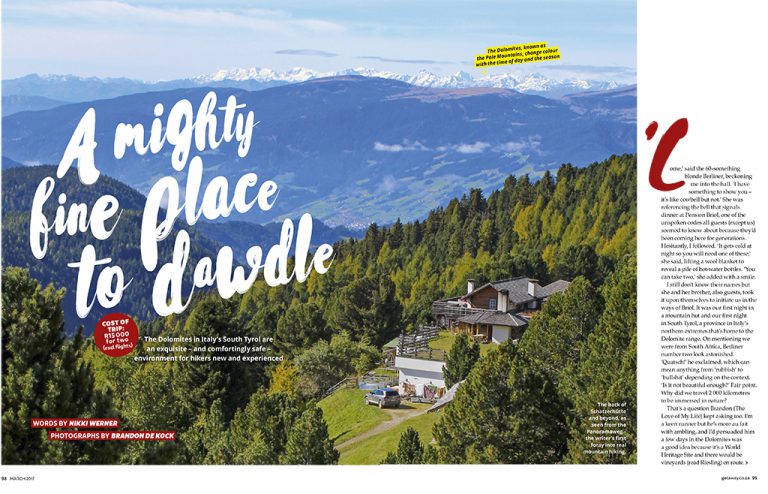
Paella is the new potjie
You can pack just one pan and have your weekend cooking sorted – these three recipes will take you through breakfast, lunch and dinner.
Keep informed
The SA Eco Film Festival has a host of great movies. Also, follow these sites: hsi.org, wildaid.org, conservationaction.co.za, environment.co.za.
The Good-Value Star
Each Getaway issue holds a wealth of good-value accommodation, places to stay in for under R550 per person (some for less) and that we think offer good value.
This month’s contributors
Chris Davies – Road trip. Chris has been on the road a lot recently, undertaking some exceptionally difficult assignments: drinking beer and fishing. Fortunately, he’s had plenty of experience in the former, which he put to use seeking out the best craft brewpubs on a road trip from Joburg. Learning to fly-fish was slightly more challenging, but if there’s one place in South Africa to try it, the stunning Eastern Cape Highlands is it.
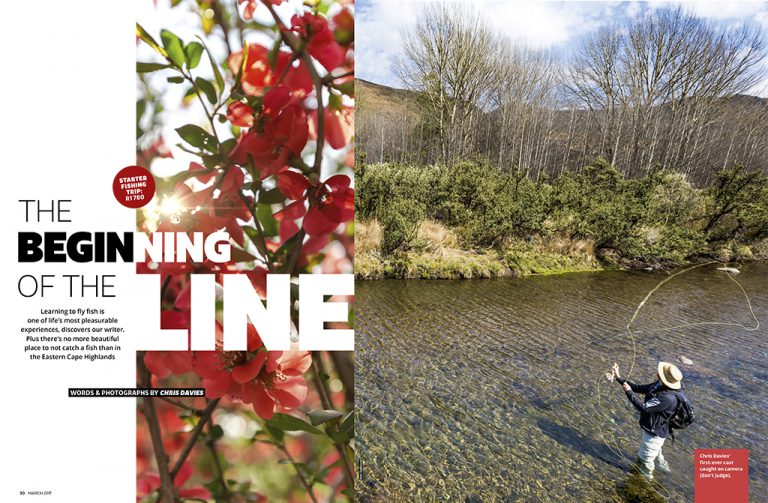
Melanie van Zyl– Insider’s Guide: The Waterberg. Recently qualified as a field guide, our Gear Editor suspects it has something to do with spending her childhood covered in mud, picking up beetles and looking at tracks in the Waterberg. Melanie has been writing and travelling for Getaway for over four years, but still loves returning to her precious bushveld. Lucky for us, she’s decided to share her favourite spaces.
Teagan Cunniffe– Seychelles, Portfolio, Sneeuberg. Teagan cycled alone to Anse Source D’Argent on La Digue island – one of the most beautiful places on Earth – to watch the sunrise. Our Getaway photographer reckons you should visit Seychelles at least once in your life. If that’s too far afield for now, the thousands of folded hills north of Durban and the vast, silent Sneeuberg will surprise you: underrated beauty in your own backyard.
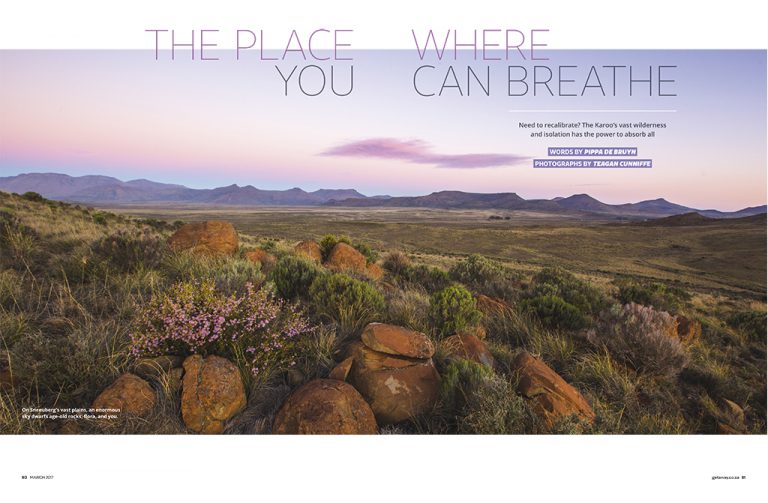
Caroline Webb –Seychelles. Our Associate Editor loves islands (some say she IS an island), and she was thrilled to tick off another on her list. One of many thoughts that struck her in the Seychelles was: sitting on any beach, staring out at the sea, there is almost always another island across the way. And you can’t help but wonder … what’s it like over there? What are those people doing right now? No other place has encouraged wanderlust in quite the same way.
Read more from this story in the March 2017 issue of Getaway magazine.
This story first appeared in the March 2017 issue of Getaway magazine.
Our March issue features a self-catering trip to the Seychelles that you can afford, a karoo secret retreat, learning to fly-fish in Rhodes and a joburg road trip for beer lovers.
